5. I Was at Home, But… – Angela Schanelec (Germany)
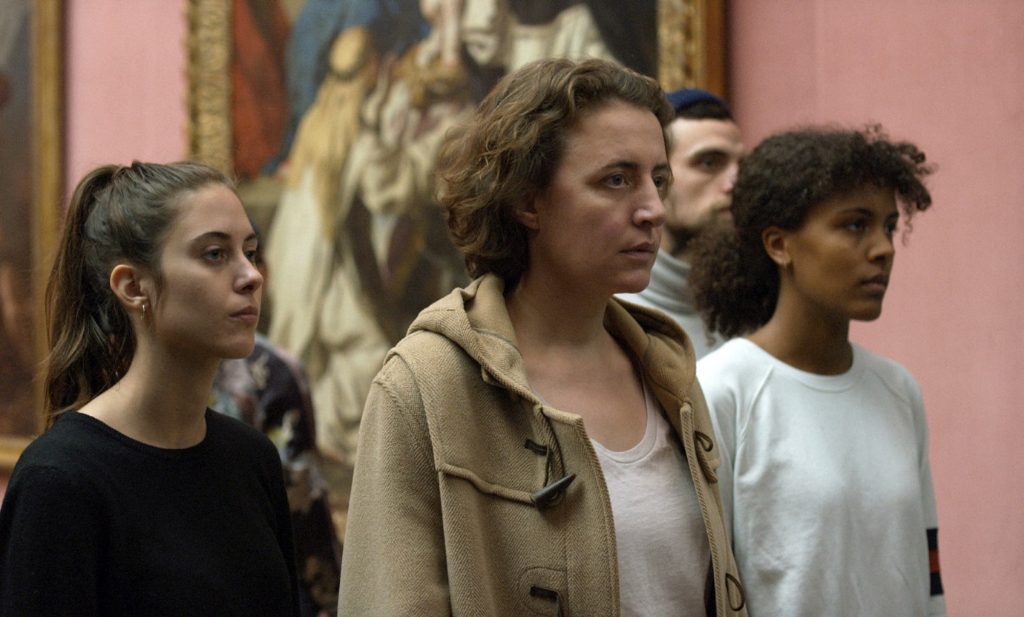
Angela Schanelec is one of the most acclaimed directors of the so-called Berlin School, best known for the feature length film “Marseille” (2004). This year she seems to have tried to keep up with what she had done in “The Dreamed Path” (2016), following with a film heavily influenced by the essayist cinema of Jean-Marie Straub and Danièle Huillet.
“I Was At Home, But…” is a difficult film to fit into a specific genre. First, her title refers to one of Yasujiro Ozu’s first films, “I Was Born, But…” (1932). But, despite this reference, the film from the German director is quite distinct from Ozu’s film, keeping the inspiration in the matter of family drama than in the form of narrative or a more conventional type of language.
The story begins with the return of Phillip, the 13-year-old son of Astrid, who had been missing in the woods for a week, probably saddled with his father’s recent death. From there, the film follows with a collage of different moments in the lives of the family and the people close to them, trying to resume normality in their daily lives, exploring the changes that the sudden disappearance and reappearance of Phillip caused in their lives.
With a sequence of elliptically disjointed scenes, there is no proper cause and effect narrative, basing the film on a very strong aesthetic proposal, and the photographs of cinematographer Ivan Marković. Rainer Gerlach Andreas’s and Mücke-Niesytka’s sound design helped put the padding on Schanelec’s proposal: cold lighting articulated together with hard moments of absolute silence, interspersed with the small noises of daily life.
At various times, the film works with long, static and silent sequential plans that bet on creating a heavy, strange and uncomfortable atmosphere. In others, we have long contemplative dialogue about the art ideal and the meaning of life, sometimes reminiscent of Chantal Akerman’s film-essay “News from Home” (1977) with voiceover dialogue followed by images of the city shot from inside a moving car.
4. A White, White Day – Hlynur Pálmason (Iceland)
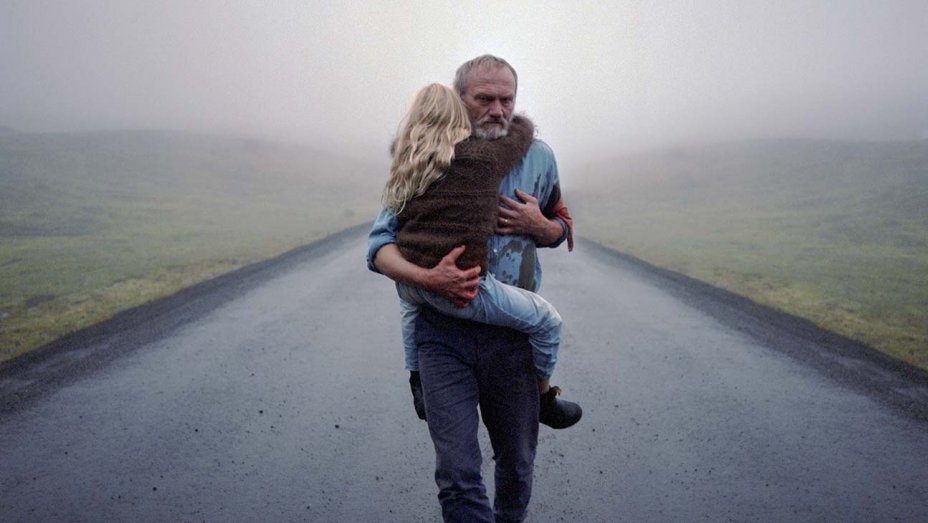
In his second feature film, Icelandic director Hlynur Pálmason tells the story of Ingimundur, a former police officer who lives in a small, remote Icelandic city. His wife died in a car accident two years prior and this left him in a state of absolute mourning and sadness. He mainly tries to dedicate his time and love to his granddaughter and other pleasures like the reform of his house, but this is not enough to make him overcome the pain of his loss. As soon as he begins to suspect that a man in town may have had an affair with his wife, he goes on an obsessive quest for the truth.
It is noteworthy how landscapes are important to accentuate sorrow’s mood in “A White White Day,” and the beautiful early scenes showing the house passing through the seasons proved to be a beautiful way of setting the tone for the film. Throughout the film, large general shots permeated by white help give the tone of the increasingly affected mind of Ingimundur, and the rigor with the beauty and framing of the shots is always in evidence.
Another tool that the film uses in an interesting way is the editing, through inserts of shots that are apparently disconnected in the middle of certain dialogue, representing the policing imagination of Ingimundur, always articulating possible clues in his mind.
The first part of the narrative follows in a slow rhythm and is dedicated basically to situate us in the life and the present emotional situation of the protagonist. However, the film gradually begins to show signs of what could be defined as an existential thriller, revealing it as a beautiful exercise on the complexities of grief and all of the feelings that accompany it.
3. Monos – Alejandro Landes (Colômbia)
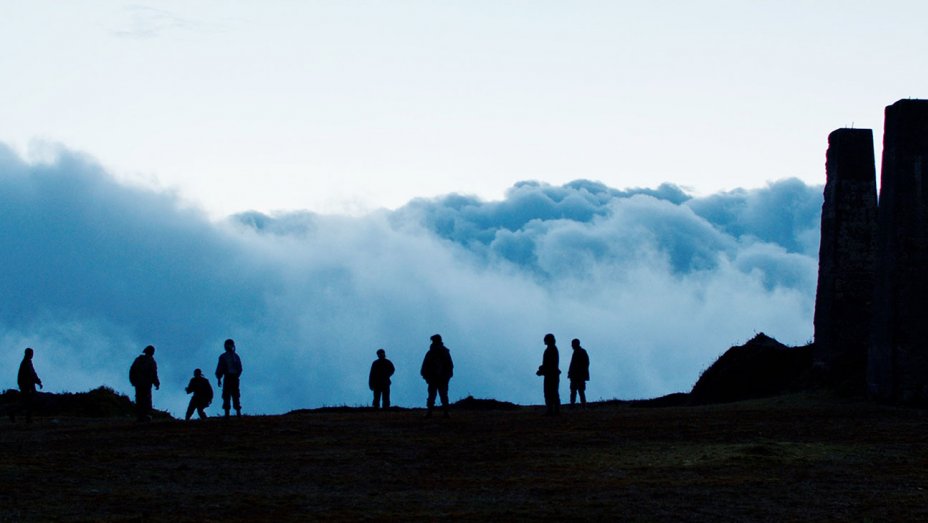
This film by Argentine director Alejandro Landes takes place in a remote mountainous region in the confines of Colombia. Amidst a wild environment, eight young soldiers hold an American hostage under their control. There is a mysterious character called The Messenger, who brings them the tasks and missions, who try all the time to do their utmost to fulfill the orders in the most effective way possible, no matter what the cost.
Few things are explained to the viewer about the context of the situation: we only know that they call themselves “The Organization” and soon we are immersed in their wild environment. Each character has their idiosyncrasies, but everyone seems to have a crazy obsession for power, a fact that reminds many critics of the literary classic “Lord of The Flies.”
Monos expertly portrays the dynamics of the dispute for power and ideology in a group that, while in control of the situation, faces innumerable internal turbulences that are growing increasingly out of tune as the external elements begin to threaten them, and the ambition for commander status speaks louder.
The film brings several aspects of Colombian and Latin American mythology, working with the ritualization process and metaphors that also relate it to the current Latin American culture.
2. Bacurau – Juliano Dorneles e Kleber Mendonça Filho (Brazil)
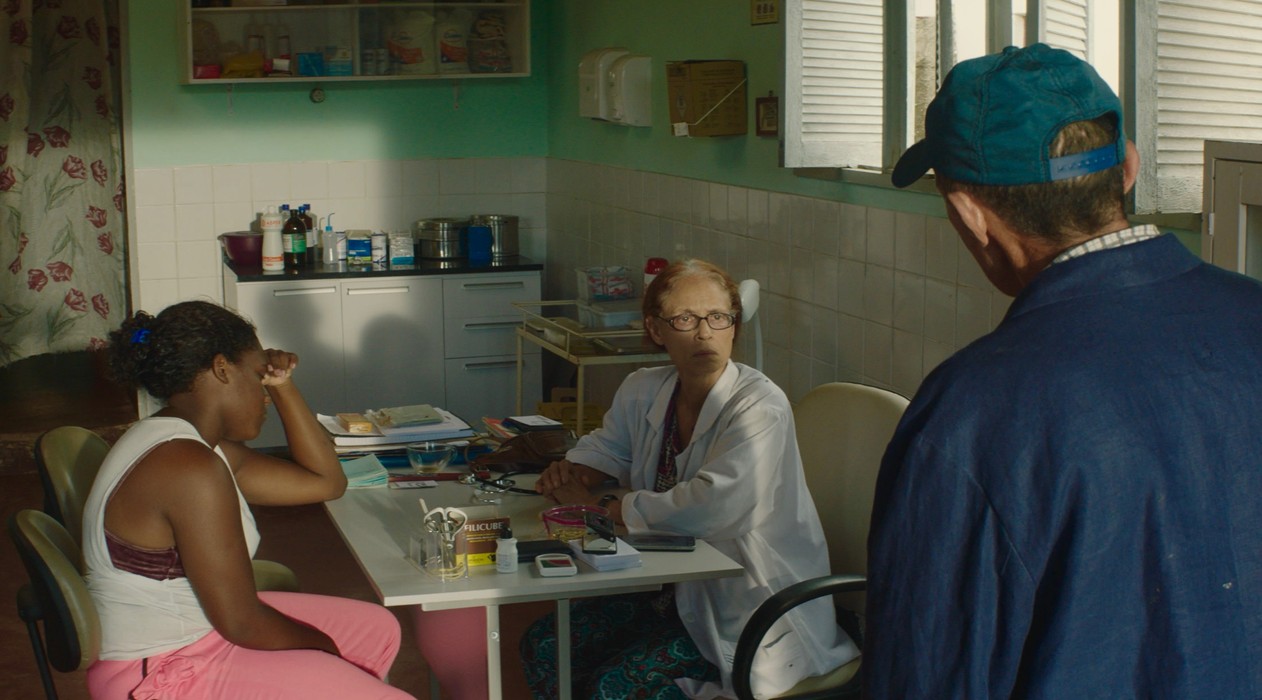
Western, dystopia, science fiction, fantastic realism, social drama. The new film by Kleber Mendonça Filho and Juliano Dornelles, the winner of the Jury Prize at the Cannes Film Festival, could be considered a true mix of each of these genres, but do not think that it results in a megalomaniac pastiche.
Bacurau tells the story of a city in northeastern Brazil where, after the death of its matriarch at the age of 94, the city simply disappears from the map. Problems begin to occur, such as lack of water, energy, food, and medicine, but this is only the beginning of a crisis that will cause the population of Bacurau to face the most bizarre problems (with a UFO included).
The narrative experiences a great escalation of violence when the corrupt mayor, who competes for reelection, sells the city to the Americans who come to Bacurau in order to hunt its inhabitants, among them the great German actor Udo Kier. Everything seems lost to the inhabitants of Bacurau when they discover a hallucinogenic drug that helped them to become aware, to unite and face the problems.
“Bacurau” does not have any specific protagonists, but several characters who share the role of the protagonist and reinforce the idea of a sense of community that the directors seemed to want to express. Working as a true allegory of the problems caused by underdevelopment, corruption, and lack of political awareness that the Brazilian people face, the film has as one of its great merits a powerful social critique in an extremely creative way, articulating different genres and aesthetics.
1. Parasite – Bong Joon-ho (South Korea)
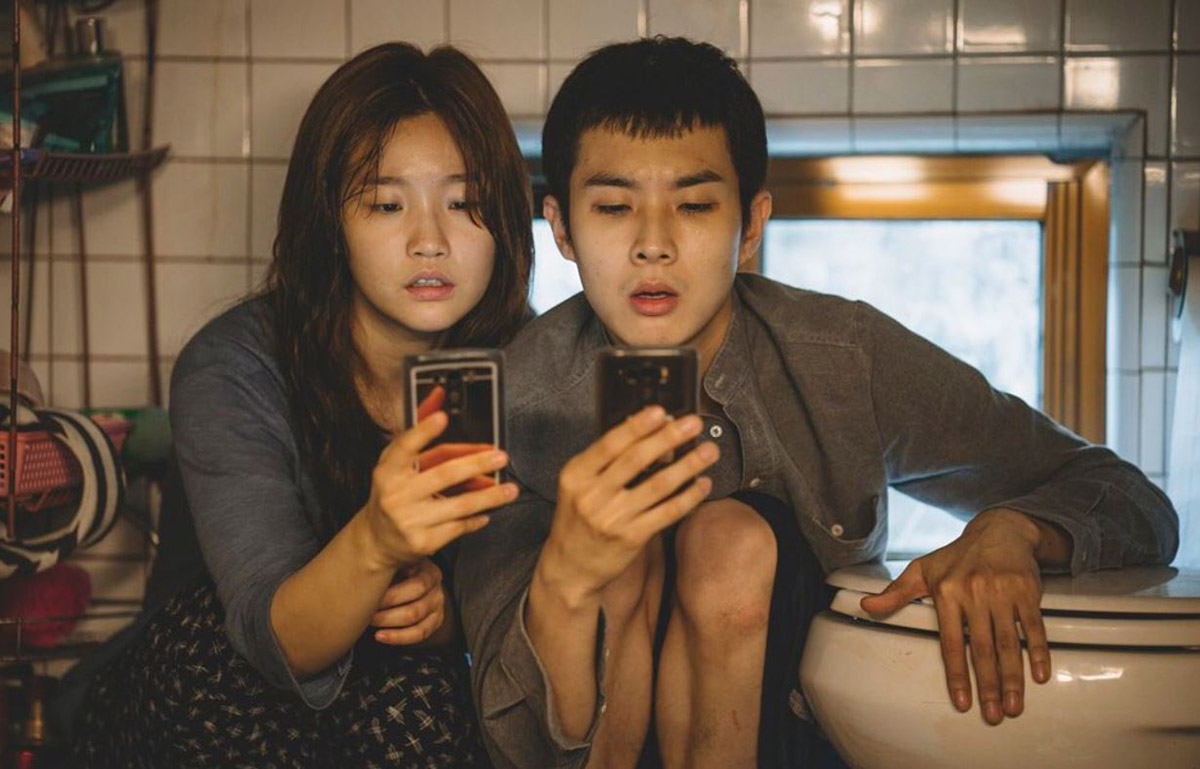
“Parasite” is probably the most acclaimed foreign film of the year, and the winner of the Palme d’Or in Cannes has a director who is very well-known to the international public. Bong Joon-ho had already caused a stir at the french festival in 2017, due to the selection of his film “Okja,” a Netflix production, and in 2019 he appeared with an astonishing film about a family of unemployed South Koreans who go on to try to infiltrate all members as employees of a rich family.
The Kim family lives in a tiny apartment in a poor neighborhood of Seoul, living with all the hardships brought on by unemployment. They struggle to get (even if illegally) some way of accessing the internet, power, energy, and even fumigation.
When his son Ki-woo gets a job as a private English teacher for the daughter of the wealthy Park family, the Kim family sees the opportunity to get a job for all its members. First, Ki-Woo’s sister teaches art to the Park’s son, Ki-Taek becomes the driver, and finally the matriarch of the Kim family is admitted as a housekeeper. All of this, of course, without the Park family knowing that all these new employees are part of the same family.
The style of the script brings Bong back to the great films that earned him fame in the past, especially “Memories of Murder” (2003), moving him away from the big budgets, fantastic elements, and international casting he had worked with on films like “Okja.”
But now he also seems to be able to establish a much more engaging atmosphere, making the viewer feel close to not only the tension and suspense of a well-constructed drama, but also the deep adversities caused by social inequalities.